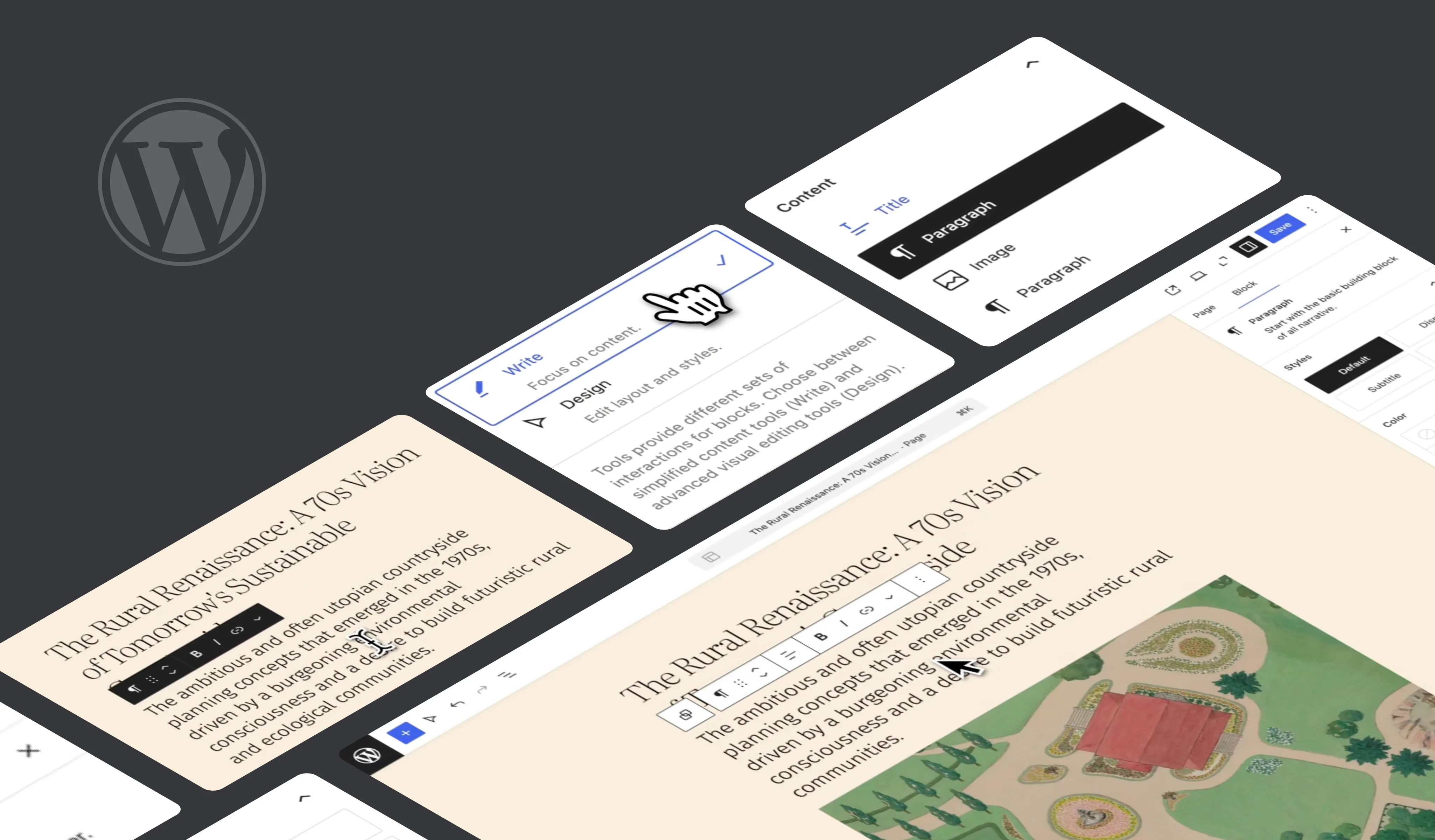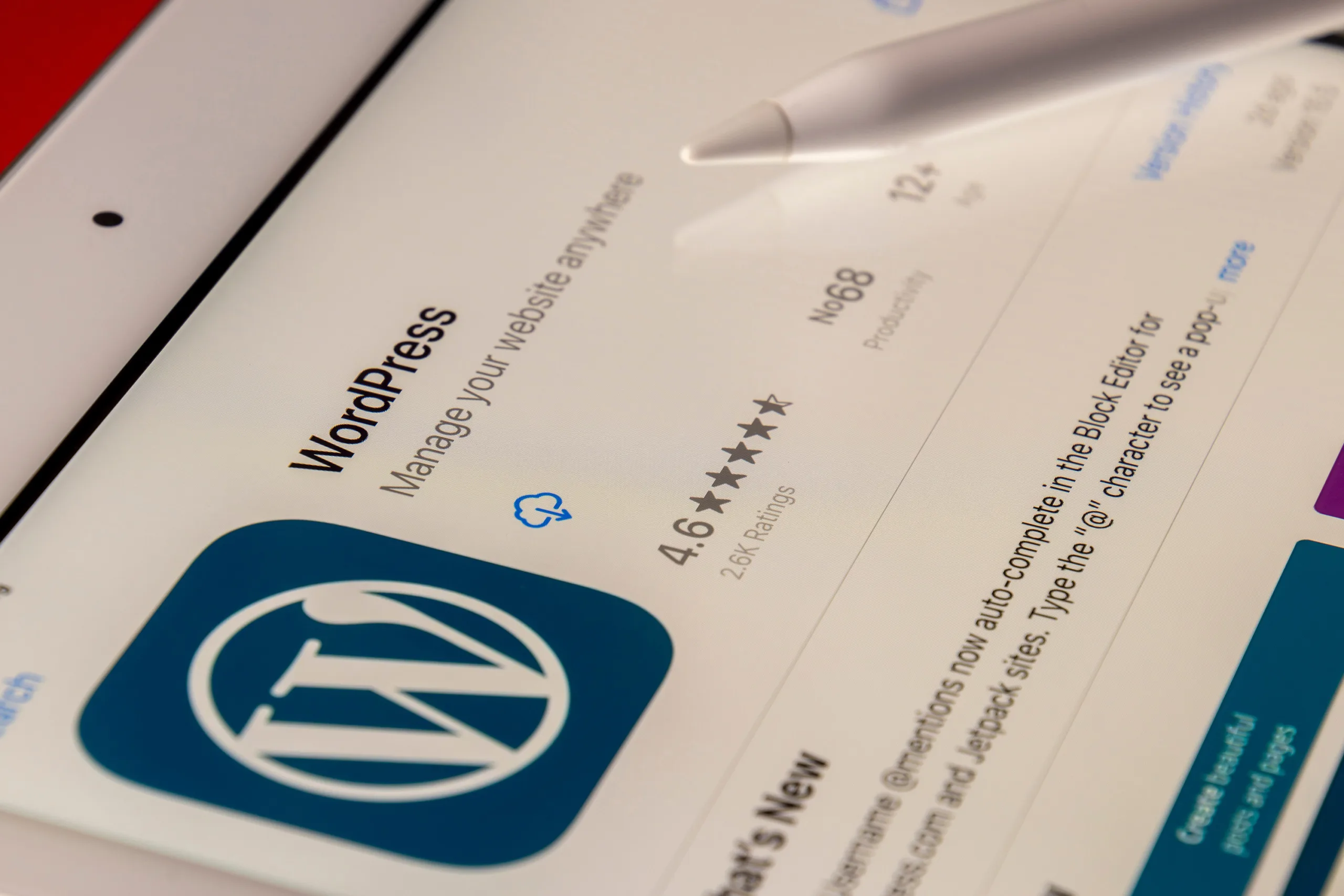Want to know how to secure a WordPress website from potential threats? This WordPress security guide walks you through 7 actionable strategies and WordPress security best practices to safeguard your website against vulnerabilities.
WordPress powers an impressive 43% of all websites on the internet, making it an incredibly popular content management system. However, with great popularity comes great responsibility – and a target for malicious hackers. By prioritizing security, you can protect your site from potential threats such as downtime, data breaches, or reputation damage.
Introducing WordPress Security Guide. Why WordPress Security Matters
WordPress’s flexibility, plugin ecosystem, and customizability make it beloved by developers and users alike. Unfortunately, these same attributes present opportunities for hackers if left unprotected. According to Sucuri, over 95% of hacked CMS websites in 2023 were running WordPress.
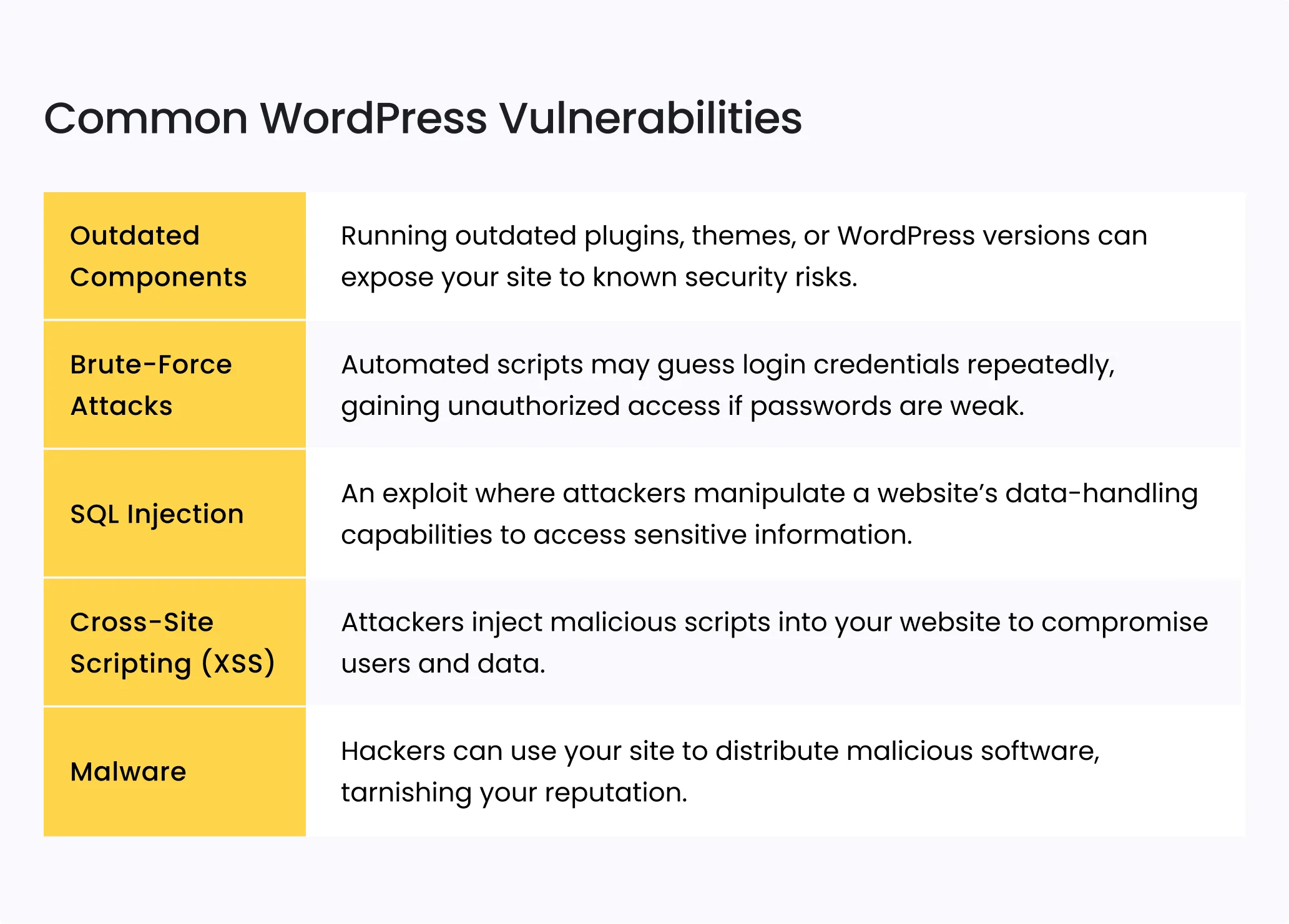
Weak website security can lead to serious consequences for your business. Data breaches put sensitive customer information at risk, damaging your reputation and trust. Google may penalize your site, flagging it as unsafe, which can hurt your SEO rankings. Additionally, a lack of security erodes customer trust, leading to decreased traffic and lost revenue. Protect your website by implementing strong security strategies and WordPress security tips below.
Strategy 1: Use a Security Plugin
A WordPress website without a security plugin is like a house with no locks on the doors—vulnerable and exposed to threats. Hackers are constantly looking for ways to exploit websites, whether through malware, brute force attacks, or other vulnerabilities.
Security plugins are essential tools that provide features like malware scanning to detect malicious code, activity logging to monitor user actions, and firewall protection to block unauthorized access. Many of these plugins also include features like login attempt limits, spam protection, and regular security updates.
Best WordPress Security Plugins
[Curated by the Five Jars Team]
- Wordfence Security: Known for its comprehensive firewall and real-time threat detection.
- Sucuri Security: Offers malware cleanup in addition to firewall services.
- iThemes Security: A user-friendly option perfect for beginners.
- All-in-One WP Security & Firewall: Delivers basic protection for free.
Quick Tip: After installing a plugin, make sure to configure it to suit your needs. This typically involves enabling malware scans, setting up firewalls, and monitoring activity logs.
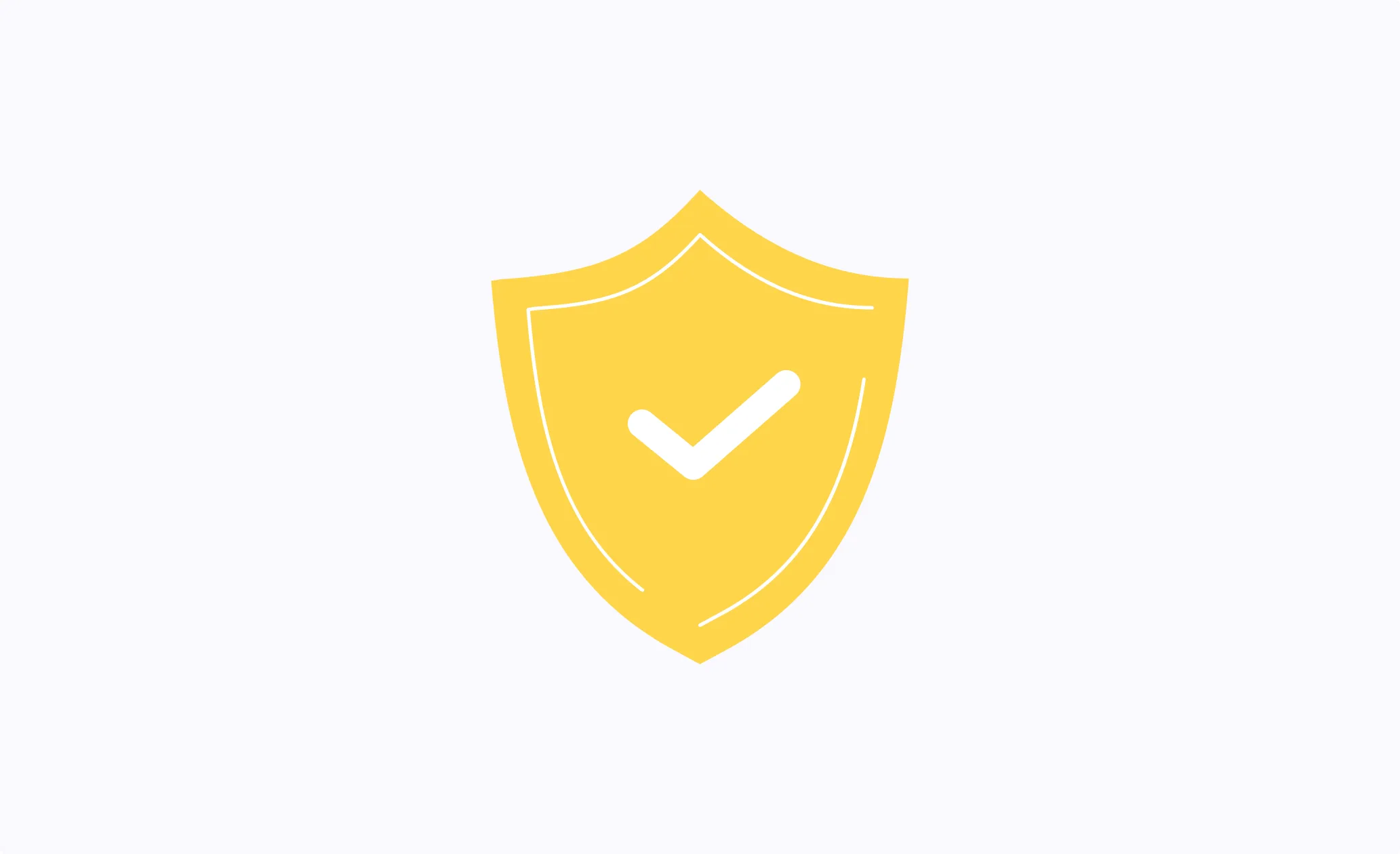
Strategy 2: Keep WordPress Core, Themes, and Plugins Updated
One of the most common ways hackers gain access to WordPress sites is through outdated software. When plugins, themes, or WordPress core aren’t maintained, they can introduce vulnerabilities that attackers exploit to steal data, inject malware, or gain control of your site.
Regular updates not only patch these security flaws but also improve performance and ensure compatibility with modern technologies – providing a more secure and stable foundation for your website.
How to Stay Updated (Safely)
- Always test updates in a staging or development environment first to avoid compatibility issues or unexpected site breakage in production.
- Avoid enabling full auto-updates. While tempting, they can apply changes without your awareness, potentially leading to critical errors. It’s better to update manually or have your developer manage updates with version control.
- Use tools like Easy Updates Manager to schedule and manage update workflows.
- Regularly monitor plugin/theme compatibility before updating, especially after major WordPress core releases.
Pro Tip: Before making any updates – always back up your website (files + database). This ensures you can restore quickly in case of issues.
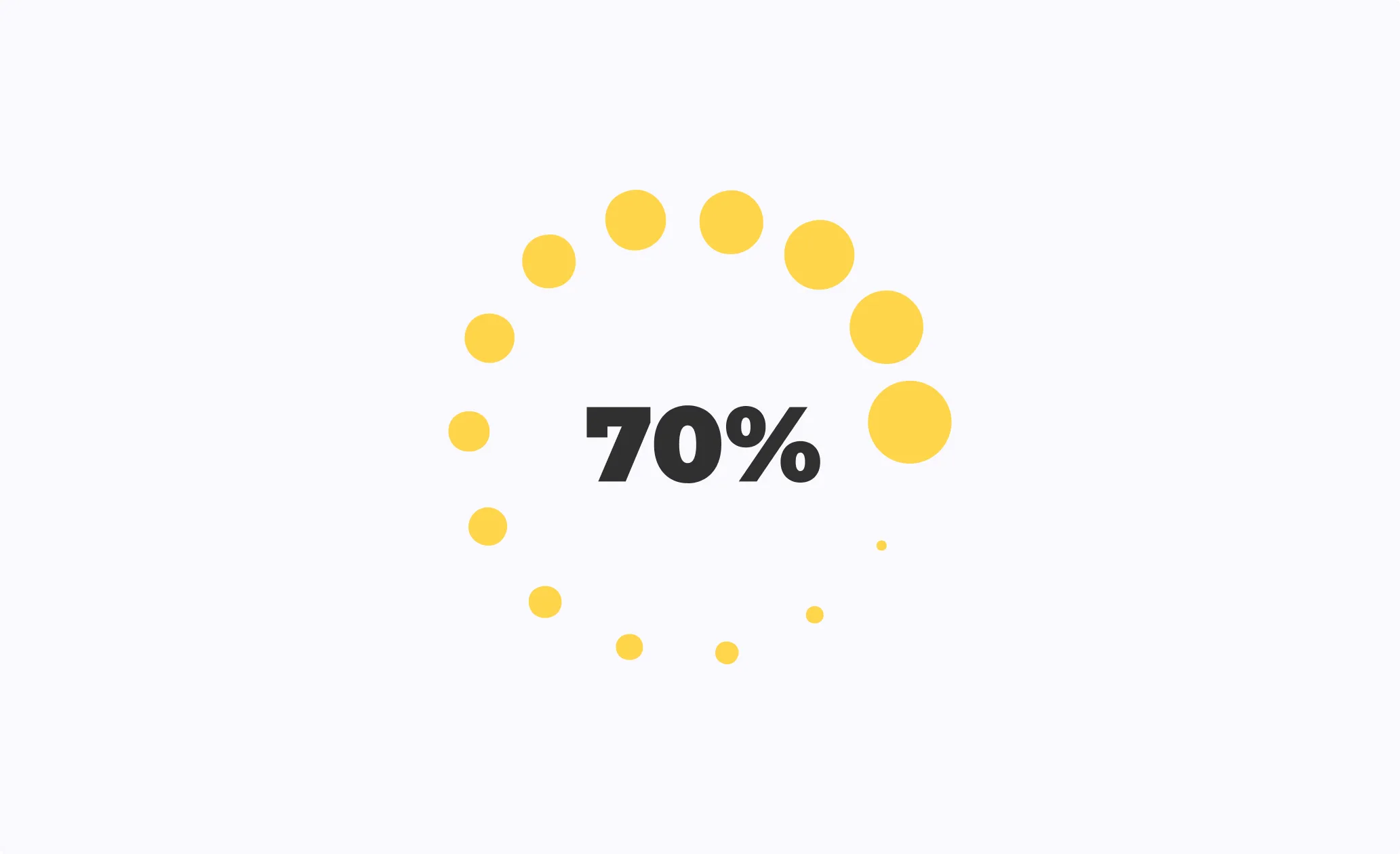
Strategy 3: Enforce Strong Passwords and Two-Factor Authentication (2FA)
Weak passwords create vulnerabilities that can easily be exploited by brute-force attacks, where hackers systematically try different combinations to gain access. However, you can significantly enhance login security by implementing a few simple measures. Enforcing strong password requirements, such as a combination of letters, numbers, and special characters, makes it much harder for attackers to guess credentials.
Adding two-factor authentication (2FA) provides an additional layer of security by requiring users to verify their identity through a second method, like a phone app or a text code.
Password Protection
- Use long, unique passwords with a mix of uppercase letters, numbers, and special characters.
- Consider using a password manager like LastPass or Dashlane for secure storage.
What is Two-Factor Authentication (2FA)?
2FA requires a second form of verification, such as a code sent to your phone or email, making it nearly impossible for hackers to access your site even with your password. Plugins like WP 2FA or Google Authenticator make it easy to set up 2FA.

Strategy 4: Use Secure Hosting + SSL
Your website’s security begins with a reliable host and a robust SSL certificate. To help you choose the best hosting solution, we’ve compiled all our expertise into an insightful ebook: "Web Hosting for Business: How to Make the Right Choice".
Tips for Secure Hosting
Choose a hosting provider with the following features:
- Integrated firewalls and malware scanning.
- Regular backups stored offsite.
- DDoS Protection to defend against traffic overload attacks.
SSL Certificates
SSL encrypts communication between your site and its visitors. Most reputable hosts, like Bluehost or SiteGround, provide free SSL certificates powered by Let's Encrypt. Not secure yet? Tools like the plugin Really Simple SSL can make configuration easy.
Look out for the padlock icon in your browser’s address bar – that’s how visitors know your site is protected!
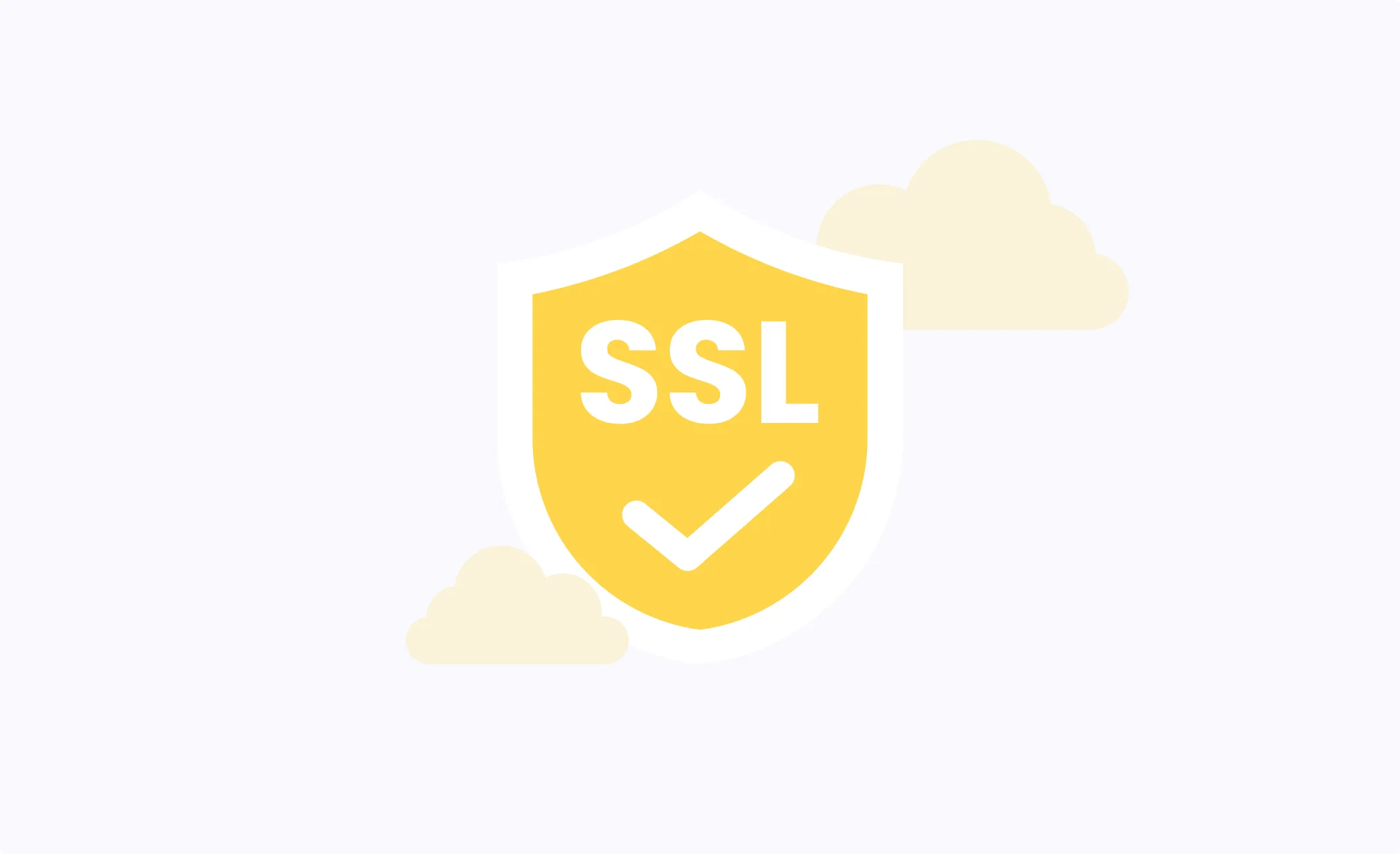
Strategy 5: Backup Regularly and Store Offsite
No matter how secure your site is, backups are your ultimate safety net in case the worst happens. Whether it’s a cyberattack, accidental deletion, or a system failure, having a reliable backup ensures you can restore your data quickly and minimize downtime. It's an essential step to protect your hard work and keep your site running smoothly.
Recommended Backup Plugins
- UpdraftPlus (Free): Easy scheduling and cloud storage options.
- BlogVault (Premium): Offers encrypted, real-time backups.
- BackupBuddy (Premium): Great for automated offsite backups connected to Google Drive or Dropbox.
Quick Tip: Schedule backups at least weekly – or daily if your site handles sensitive data or sees frequent traffic.

Strategy 6: Harden Your WordPress Configuration Files
1. Disable Directory Browsing
Prevent hackers from viewing your file directory by disabling directory browsing. Add the following line to your .htaccess file:
```
Options -Indexes
```
2. Prevent File Editing
To stop unauthorized file edits, add this line to your wp-config.php file:
```
define('DISALLOW_FILE_EDIT', true);
```
3. Limit Access to wp-config.php
Protect your wp-config.php file by setting its permissions to 0400 in your FTP client. This adds an extra layer of security to your website.
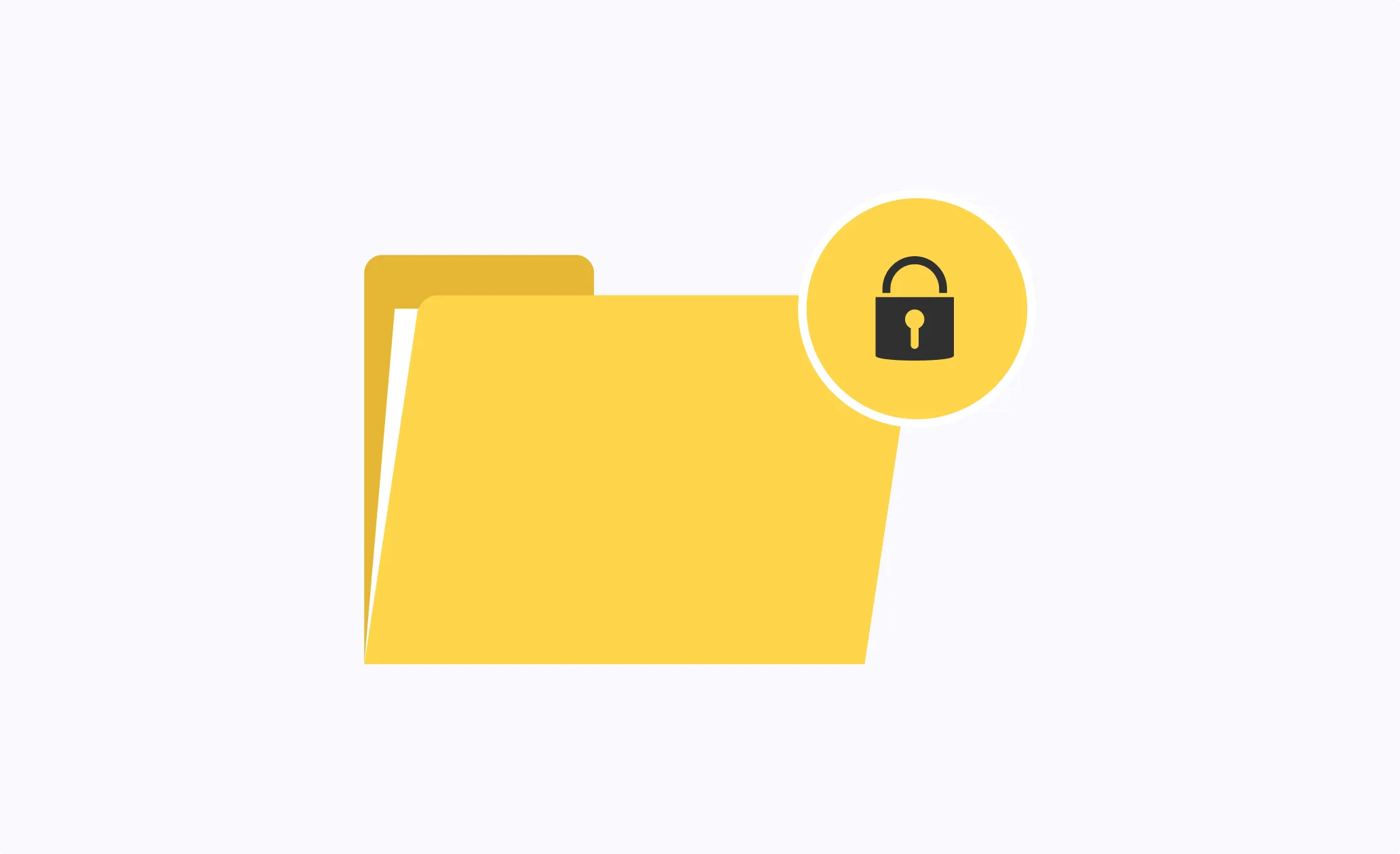
Strategy 7: Monitor and Audit Regularly
A proactive approach to website monitoring ensures hackers won’t catch you by surprise, allowing you to detect vulnerabilities early and fix WordPress security issues before they cause any damage.
Best Tools for Monitoring
- Use plugins like Simple History or Activity Log to track admin changes, failed login attempts, and unusual behavior.
- Wordfence Live Traffic pinpoints traffic spikes that could signal DDoS attacks.
- Conduct malware scans weekly with tools like SiteLock or Sucuri’s malware scanner.
Bonus Quick Wins
- Add CAPTCHA to forms and login pages to prevent bot access.
- Restrict IP access for the admin dashboard.
- Disable XML-RPC with a plugin if not needed on your WordPress site.
Pro Tip: Ensure that your IP Address is static, otherwise, the risk of losing access to your website admin panel is very high.
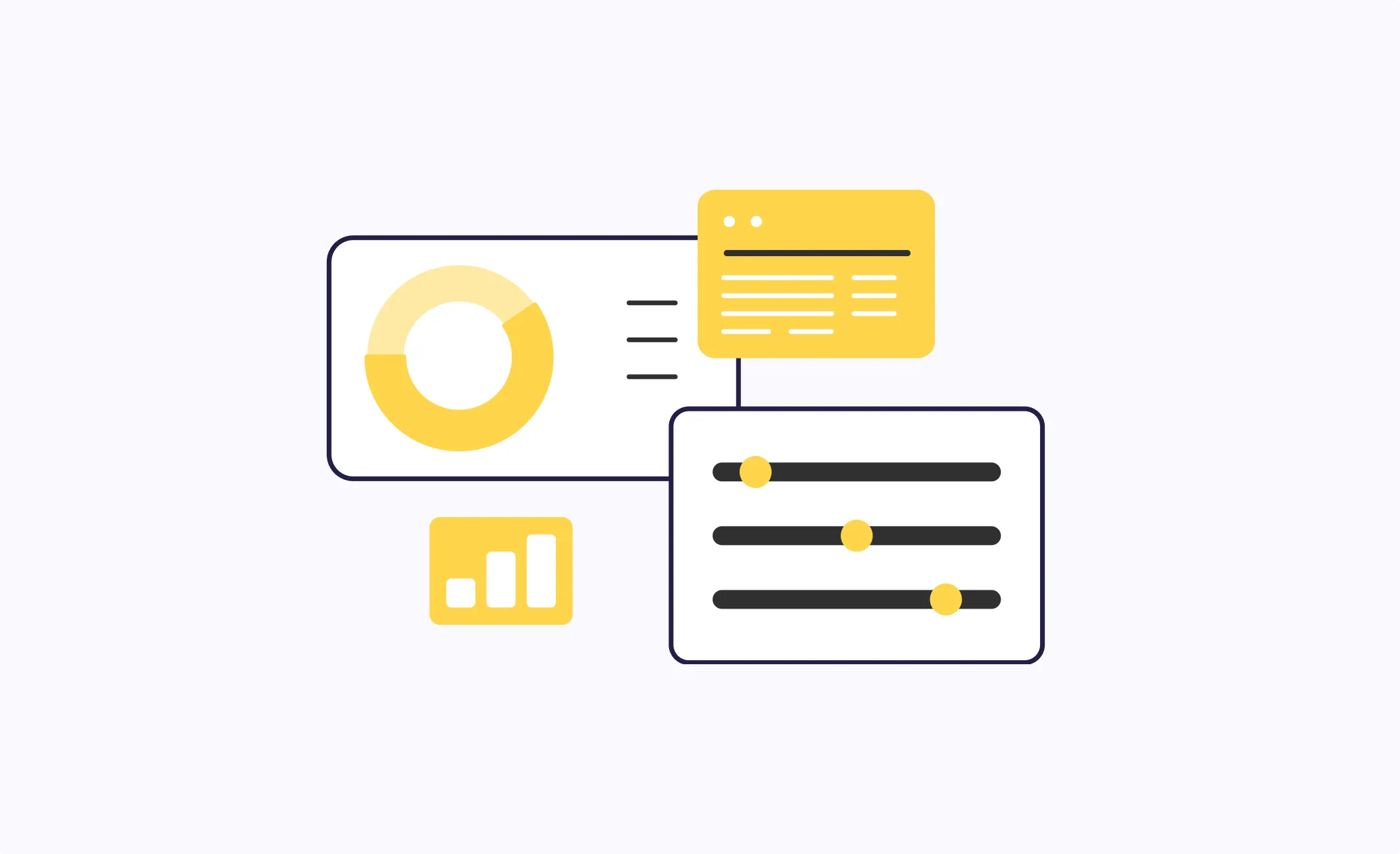
WordPress Security Checklist
To sum up, we transformed the strategies above into a practical, easy-to-follow WordPress Security Checklist designed to help protect your website from common security threats. This checklist includes all the critical steps and best practices outlined above, giving you an organized way to track your progress. You can make a copy of this spreadsheet to your own Google Drive and use it as a guide to secure your WordPress site.
By implementing these best practices, you can significantly reduce the risk of unauthorized access, safeguard your data from loss or theft, and minimize the chances of costly downtime.
Security Is a Priority, Not an Afterthought
Keeping your WordPress site secure can be simple with the right proactive steps. Regularly updating your themes and plugins, backing up data offsite, and managing access to critical files all contribute to a stronger, more reliable site. Security is an ongoing process, but each step you take helps ensure your site stays stable, secure, and ready to serve your audience with confidence.
At Five Jars, we help organizations build digital solutions that actually work for them. Whether it’s creating a new website, keeping it running smoothly, improving security, or connecting your systems, we’re here to make things easier for you. Our team loves finding practical, user-friendly solutions that help you grow and succeed. If you’re ready to improve your digital presence, let’s chat – we’d love to help!

